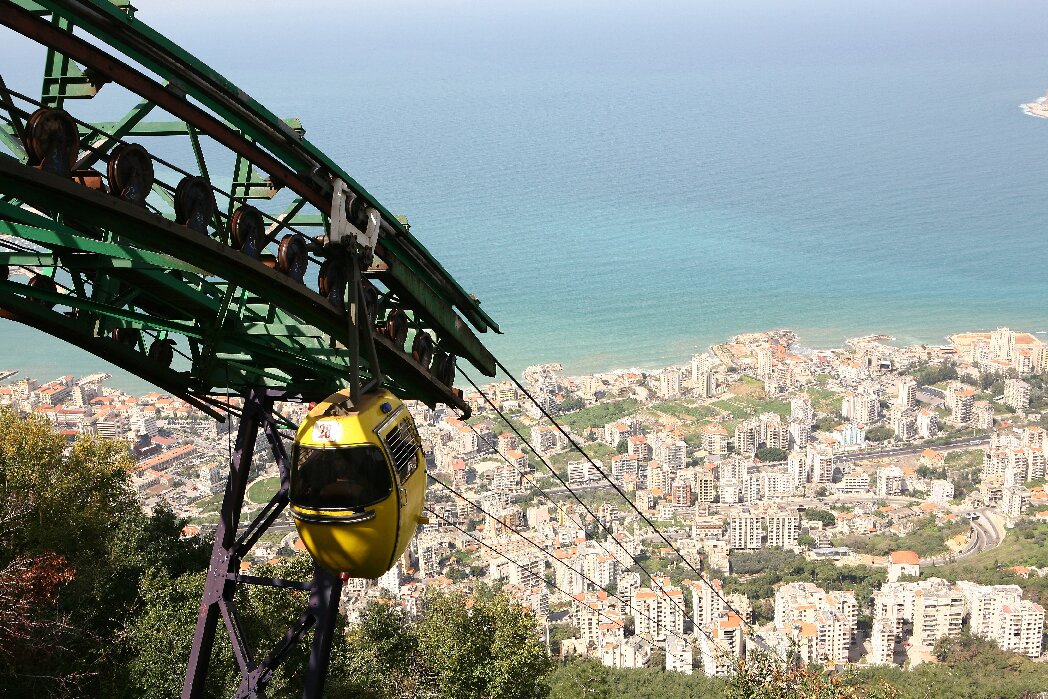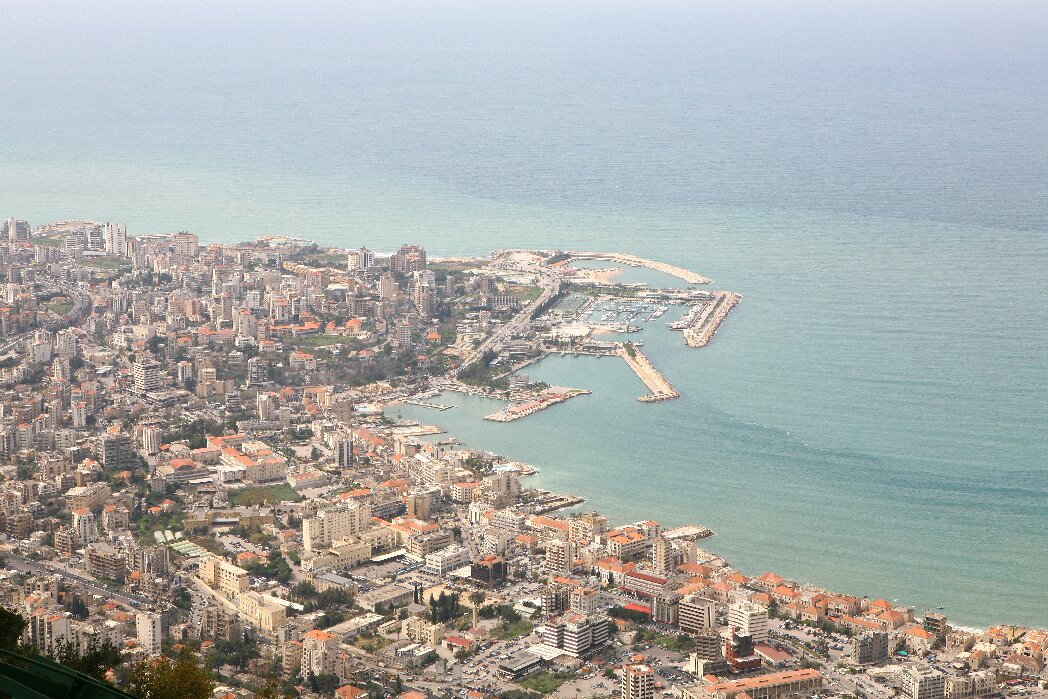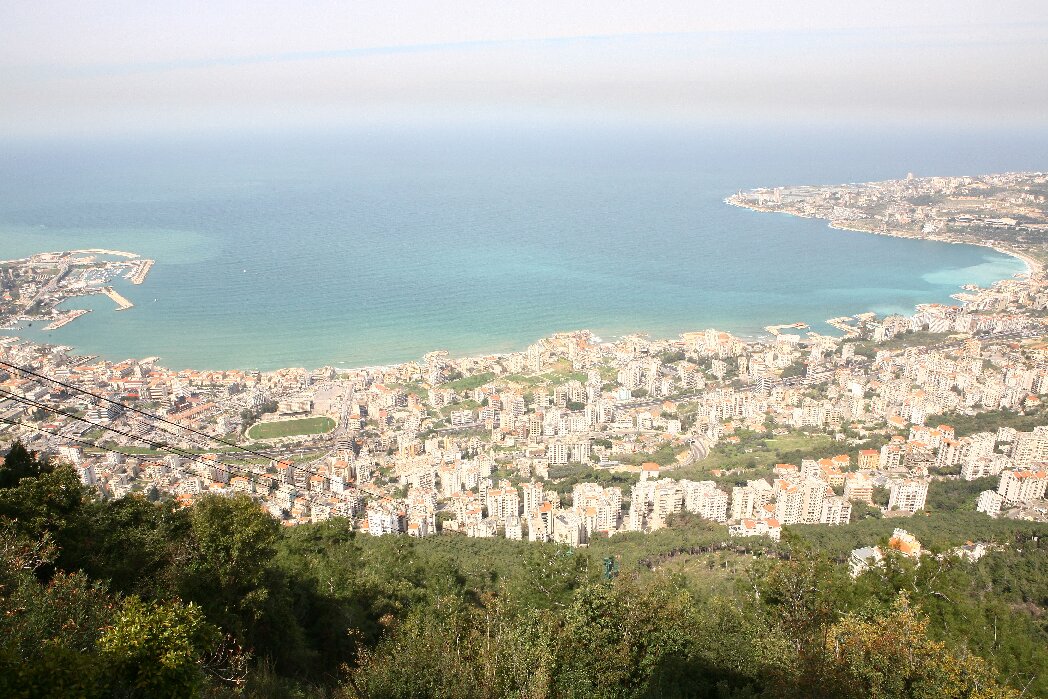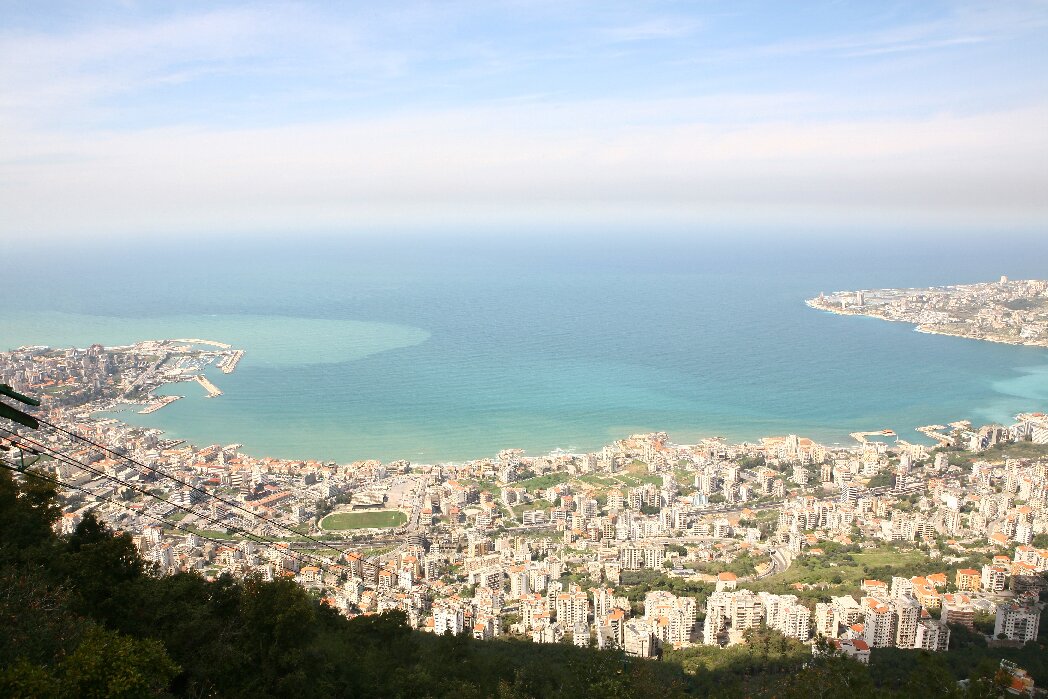With a history spanning more than 50 years, Jounieh’s Teleferique continues its journey up and down the Harissa heights – remaining an important Lebanese landmark. We meet Joe Boulos, whose family was responsible for its heritage.

Joe Boulos was eight years old when he took one of its first rides. He now presides over what is one of the country’s most cherished icons, as chairman of the board of directors of the Teleferique company.

The story of Fouad himself is connected to the idealistic Lebanese identity. Coming from what Joe says were “extremely modest origins,” he dropped out of school and worked to the top by himself. “He’s a totally self-made man, with limited education. He learned from life experience and worked his way up the ladder to become one of the leading figures of Lebanese entrepreneurship.”

Traveling high above luscious green forests, with a view over the bay of Jounieh and turquoise blue seas, it became the setting of many iconic romance productions from Egypt and Lebanon featuring legendary Arab film stars. It’s an important part of the region’s heritage. “Many people still go up the teleferique with nostalgia,” Joe says. “It has a lot of movies associated with it. When things are unique and beautiful they are the perfect setting for love stories.”

It has a lifetime of memories – the teleferique keeps going up and down, day in, day out, war or no war. It’s always been there, it’s a witness to Lebanon’s history over the past five decades. It witnessed the beautiful golden age of Lebanon, it witnessed the destruction of Beirut and its reconstruction and it is now witnessing the resilience of Lebanon.
Though the teleferique has suffered in recent years with a decline in the number of visitors to the country, it has shown its own resilience. It has managed to stabilize and even increase the number of tourists over the last few yearsthanks to a few improvements made, such as creating a food court with a view over the bay that offers Lebanese cuisine and fast food snacks as well as a landscaped promenade that offers a scenic walk through the woods.
Loading
